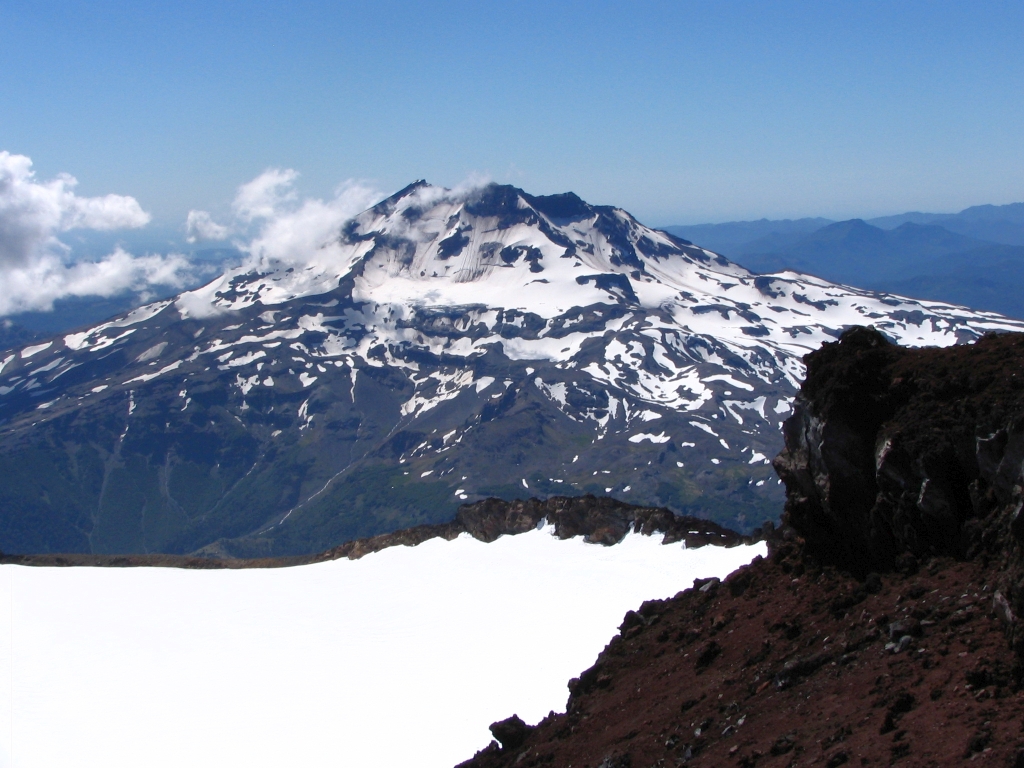Autores Ckelar: Daniel Díaz.
Otros autores: Maximiliano Pavez, Heinrich Brasse, Gerhard Kapinos, Ingmar Budach, Valentín Goldberg Diego Morata y Eva Schill.
Revista científica: Remote Sensing.
Abstract
The geoelectric properties of the geothermal system associated with the Tolhuaca volcano were investigated by three-dimensional (3D) inversion of magnetotelluric (MT) data. This study presents the first resistivity model of the Tolhuaca volcano derived from 3D MT inversion to have a better understanding of its magmatic and hydrothermal system. We selected data from 54 MT stations for 3D inversion. We performed a series of 3D MT inversion tests by changing the type of data to be inverted, as well as the starting model to obtain a model in agreement with the geology. The final 3D MT model presents a conductive body (<20 Ωm) located 2 km below the summit of Tolhuaca volcano, inferred as a shallow magmatic storage compartment. We also distinguish a ~300 m thick layer of high conductivity (<10 Ωm) corresponding to argillic hydrothermal alteration. The MT model includes two resistive bodies (~200 Ωm) in the upper crust below the laterally displaced argillic alteration layer to the west beneath the extinct Tolhuaca, which would correspond to a shallow reservoir (~1000 m from the surface) and a deep reservoir (>1800 m from the surface) that had so far not been identified by previous resistivity models. The result of this study provides new insights into the complexity of the Tolhuaca geothermal system.
Full paper here.

